Crypto Mining Guide: How To Get Started in 2025
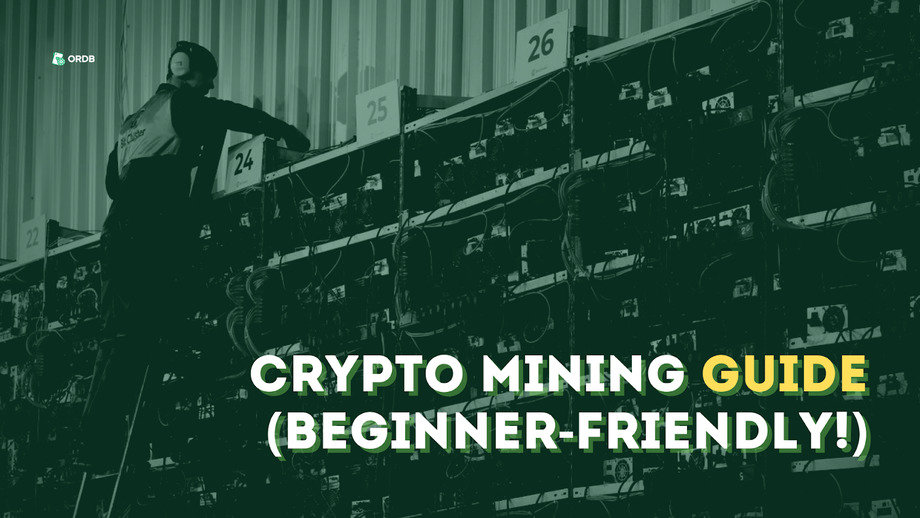
About Cryptocurrency Miners
Blockchain is a decentralized structure that contains records about all transactions performed with the cryptocurrency. People transfer Bitcoin, and to avoid fraud and errors, every transaction should be checked, verified, and added to the blockchain. Since no institution controls Bitcoin, there are miners worldwide verifying all transactions and ensuring they are added to the blockchain.
Mining validates transactions on a blockchain and creates new coins. Miners build blockchains by adding new blocks that contain transaction records. For the maintenance of the blockchain, they receive rewards.
To add new blocks, miners have to solve complex mathematical problems that refer to finding a unique hash. For instance, here is a hash generated for the word “Hello”:
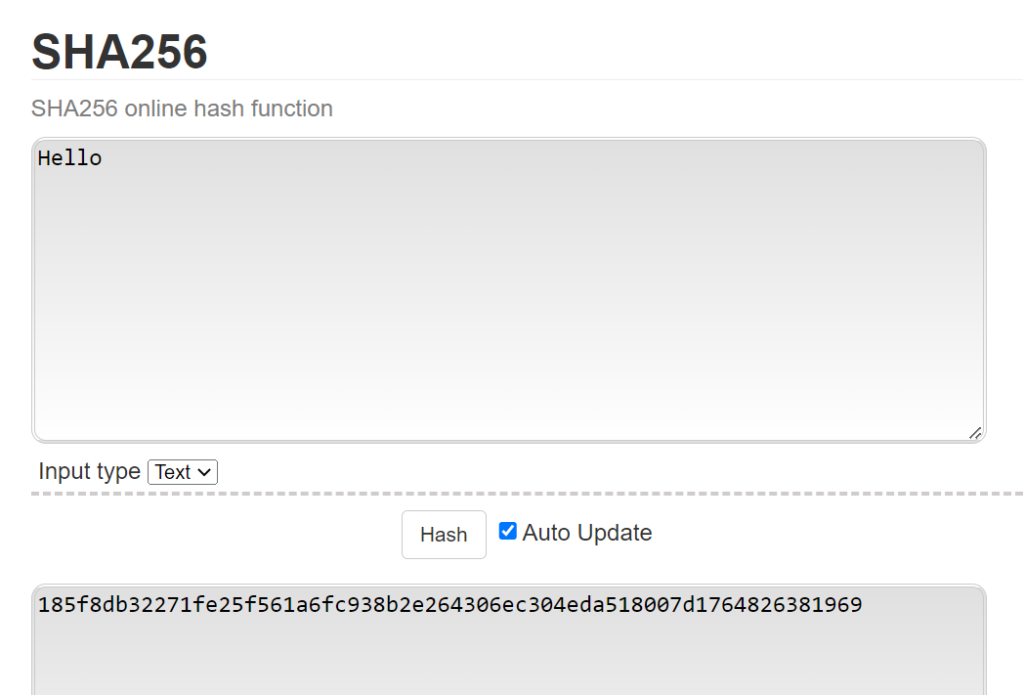
The encouraging news is that people don’t have to solve problems alone. Instead of this, miners buy powerful computer hardware to perform complex mathematical calculations.
Usually, every block is mined once every 10 minutes. However, not all miners get rewards each time a new block is added. The payment is only given to the first person who finds the right hash.
What Is Proof of Work?
Proof of work (abbreviated: PoW) is a consensus algorithm used in blockchain networks to validate transactions and add new blocks to the blockchain. When a miner creates a new block, it must provide the network with two hashes, one of which is the hash of all the transactions in the block, and another one proves that the miner spent enough energy to create the block (proves the miner’s work).
Let’s pretend miners receive a task to provide a hash beginning with 15 zeros to suit the block. It would take trillions of attempts to find such a hash. A single computer would be unable to do that in a hundred years. But an entire farm, with its enormous computing power, would find the answer in minutes. The cost of such fast computation is high: it consumes a tremendous amount of electricity. That’s why it is unprofitable for a miner to confirm the incorrect block because they will still have to pay for the energy used to find the hash, even if they do not receive a reward.
And if the miner has malicious intent and, despite all expenses, adds an invalid block, other nodes in the network, double-checking the data, will not let it happen unnoticed.
The point is that every new block contains a hash of a previous block. Because of this inextricable link of each block to the previous one, we can trace the history of the blockchain back to its very first block. If you try to replace a five-year-old block with another one, the hash of the whole chain will instantly change. So Proof-Of-Work solves several issues: the problem of double-spending and wrong block sequence in the blockchain.
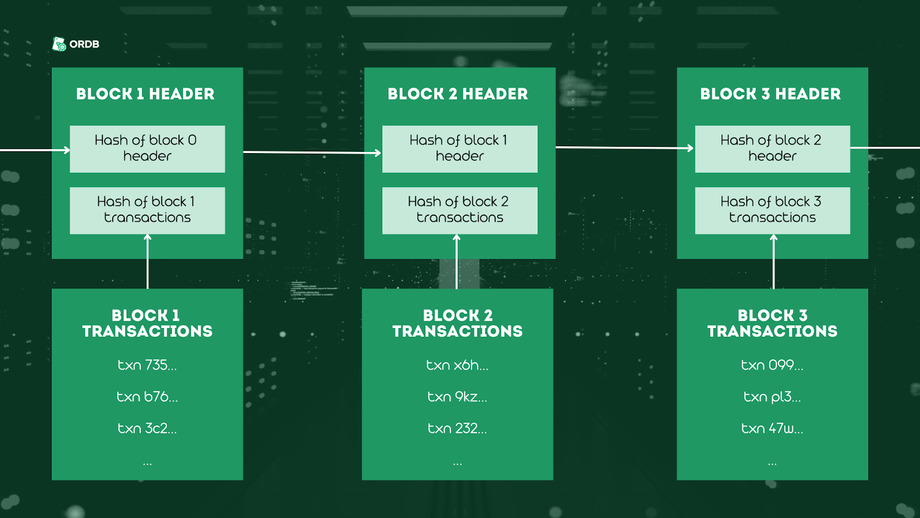
All in all, Proof-Of-Work has proven itself as a reliable consensus algorithm. Since it is too expensive for miners to cheat, this consensus algorithm is safe. Another winning feature of this algorithm is that it is resistant to centralization.
Nevertheless, it has some disadvantages. Proof-Of-Work requires a significant amount of energy, which is energy-intensive and contributes to environmental issues. To solve this issue, developers try to create alternative consensus algorithms such as Proof-Of-Stake, Proof-Of-Authority, and Proof-Of-History.
… And Proof-of-Stake?
The most popular alternative to PoW is Proof-Of-Stake (PoS), which aims to address the environmental concerns associated with PoW. PoS is less energy-intensive, as it does not require solving complex mathematical problems to validate transactions. Instead, it uses the amount of cryptocurrency a user holds to validate transactions and create new blocks. So, it is more eco-friendly. However, it is considered less safe as there may be a 51% attack in which a malicious actor or group of actors gain over 51% or more of the network’s power (hash rate) and use that control to manipulate the network.
Is Bitcoin Mining Profitable?
The profitability of this process can vary greatly depending on several factors!
- Electricity cost in your region: Consult your electricity provider to know how much it charges per kWh.
- The current price of Bitcoin: Check the price on CoinMarketCap or TradingView.
- The cost of the special hardware: The overall sum of money you spent on a crypto mining rig or ASIC Miner.
- The reward per block: The number of coins that the miner receives for creating a new block.
- The overall network hash rate represents the computing power employed to mine the cryptocurrency. It will be harder to mine with a higher hash rate, but it could also make the network more secure.
- The mining difficulty rises as more miners join the network. To find out the difficulty of the process for a particular cryptocurrency, you can look at the coin’s blockchain explorer or search for it on a website such as Coinwarz or WhatToMine. These websites provide statistics on the current difficulty, block reward, and network hash rate.
To calculate your potential profit, try CryptoCalc or any alternative.
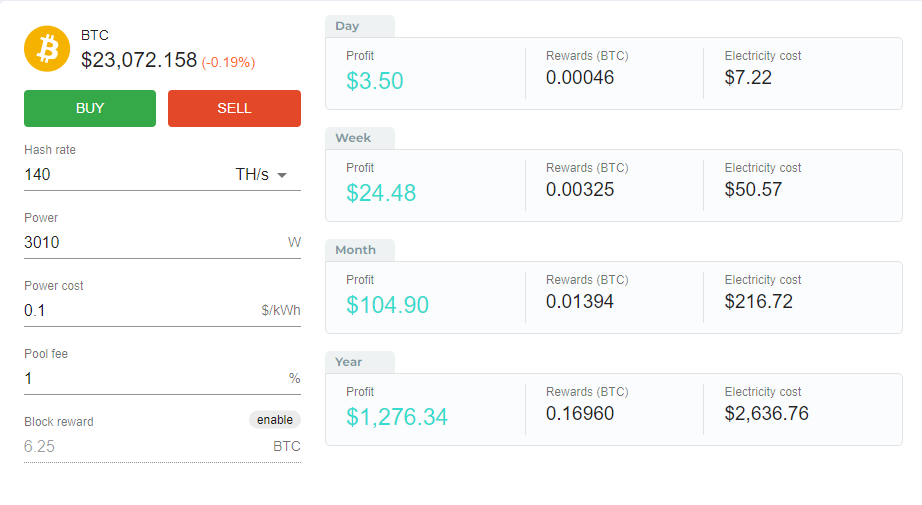
Another significant factor is your miner’s hash rate (TH/s, GH/s). That refers to the number of hashes that it can perform per second. To pinpoint your hash rate, you can use mining software or a service that monitors the network hash rate. CGminer and BFGMiner are well-known software that can help you with this. If you run one of these programs, your hash rate will be seen in the console or terminal window.
One more way to find out your hash rate is to check your miner’s web interface, which is usually hosted on the local IP of your miner.
If you start not as an individual miner but join a cloud mining pool, you will be provided a dashboard where you can view the hash rate of this miner and other statistics.
Also, consider power (W). Calculating the power consumption of your crypto miner can be conducted by adding the power usage of each component. Here’s a general outline of the steps you can take:
- Measure the power usage of your rig’s CPU, mainboard, and each GPU using a power meter or consulting the manufacturer’s specifications. The power consumption of a GPU can vary depending on the algorithm and the mining intensity.
- Measure the power usage of any additional components, such as additional fans or a dedicated ASIC.
Take into account that the power consumption of the rig can also vary depending on the efficiency of the miner and the current difficulty of the network, the environment, and other factors such as temperature and ventilation play roles.
Do not forget the pool fee! If you join a mining pool, you will need to pay extra fees for their services.
Is Bitcoin Mining Legal? ⚖️
The legality of activities related to Bitcoin can vary depending on the location and legal system. Generally, crypto mining and trading are allowed in most countries. On the other hand, several countries have placed restrictions on cryptocurrency-related activities.
In the United States, Bitcoin mining is legal and regulated by the government in the same way as any other financial activity. The IRS views Bitcoin as property for tax purposes, and the SEC has stated that some cryptocurrencies may be regarded as securities and be governed by federal securities laws.
In China, the government has placed restrictions on Bitcoin mining and exchanges. Crypto mining has also been banned in Bangladesh, Bolivia, Ecuador, and Kyrgyzstan.
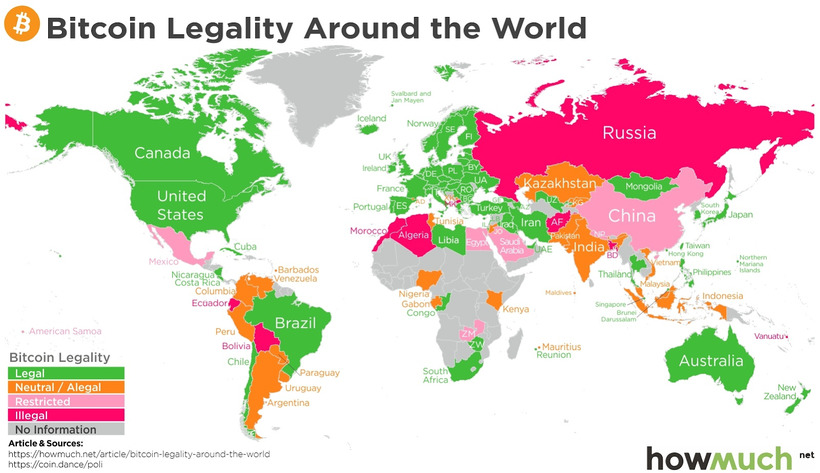
It’s always recommended to consult with a legal or financial advisor to understand your local laws and regulations before engaging in any Bitcoin mining activities.
How to Mine Crypto? Essentials for Beginners
Now that you know the profitability and legality of this kind of activity, let’s go through the crypto mining tutorial if you still consider this occupation suitable for you. First of all, you should choose your strategy.
Cloud mining services
Cloud mining means you use special apps such as ECOS or SHAMINING that save you time by renting computers and setting them up for you but require additional fees for their services. The service charge is about 1TH/s per day. It will be deducted from your Bitcoin profit every day. Also, you will have to pay the rental and electricity fees.
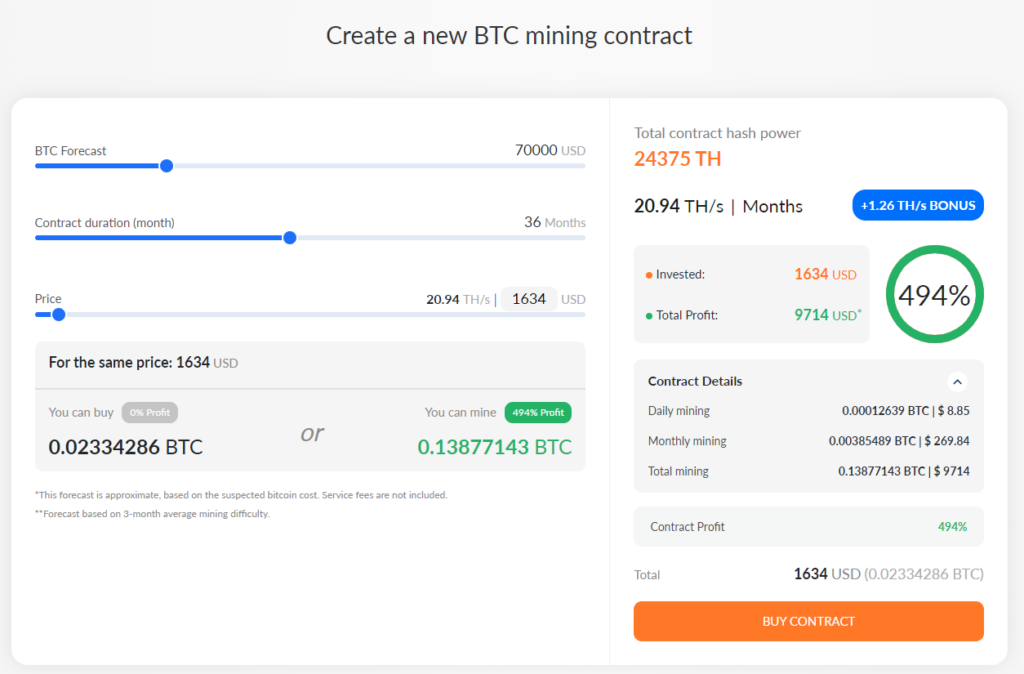
On ECOS, you can create a cloud mining contract. Try to change different parameters and choose the option that is more suitable for you.
When you buy the contract, you rent some power (TH/s). The more you pay for a contract, the more power you get.
Of course, the platform accepts crypto. You can buy Bitcoin with Apple Pay to pay for a contract. Acquiring cryptocurrencies is not taxable and can be easy when you use trusted exchanges.
Another convenient feature is installing ECOS on your mobile phone to track your profit or buy new contracts.
Mining pools
If you choose to do everything without involving third-party assistance, you will need to spend more time, but it will prevent you from paying extra fees.
At first, miners used CPU chips on a home computer. But since the mining difficulty has risen over time, CPU processors are no longer useful for mining most cryptocurrencies. To mine Bitcoin, you are more likely to need an application-specific integrated circuit (ASIC) miner or a dedicated GPU. Additionally, the mining rig’s GPUs must always be connected to the internet. This process requires powerful computers with software created to solve complex mathematical problems.
You must join a mining pool if you are an individual crypto miner. Solo work is possible, but it is very costly if you want to get a decent income. If you don’t have a sufficient budget, it is better to join a pool.
These pools gather individual miners to put a lot of power (TH/s) together and have a better chance of solving the problem of finding the hash and thus getting new coins.
To join a crypto mining pool, you must take the following steps:
- Choose the most appropriate one: Research and select a reliable pool that supports the crypto you want to mine and suits your needs. One of the most popular and longest-running mining pools is Braiins Pool. Presently it is bringing in about 3.5% of all mined bitcoins.
- Sign up for an account on the mining pool’s website.
- Set up your mining software to connect to the pool using the information provided during the account creation process.
- You are ready to make a profit! Once a block is mined, you will receive a share of the rewards proportional to the computing power you contributed to the pool.
Largest Crypto-Mining Companies
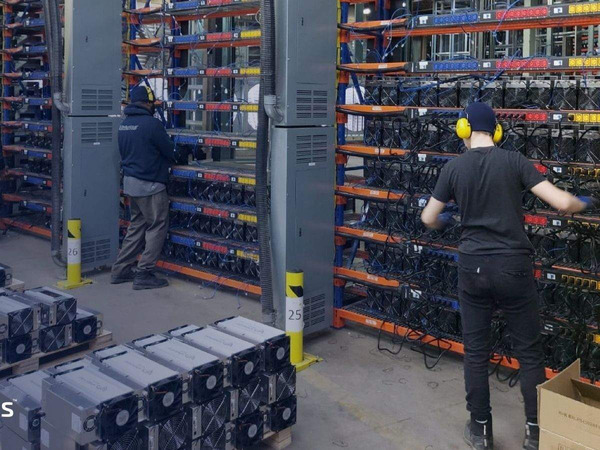
Not only do individuals mine crypto but large companies are also involved in this process. There is a list of the largest crypto mining companies that maintain massive crypto mining farms:
- Hut 8 Mining Corp (NASDAQ: HUT)
- HIVE Blockchain Technologies Ltd. (NASDAQ: HIVE)
- Riot Blockchain Inc. (NASDAQ: RIOT)
All these companies are publicly traded, meaning you can invest in their stocks and participate in cryptocurrency mining indirectly.
So what are the best crypto mining stocks in 2024?
As 2024 is considered to bring us a new positive trend, stock prices of mining companies should also go up as their profit depends on the BTC price.
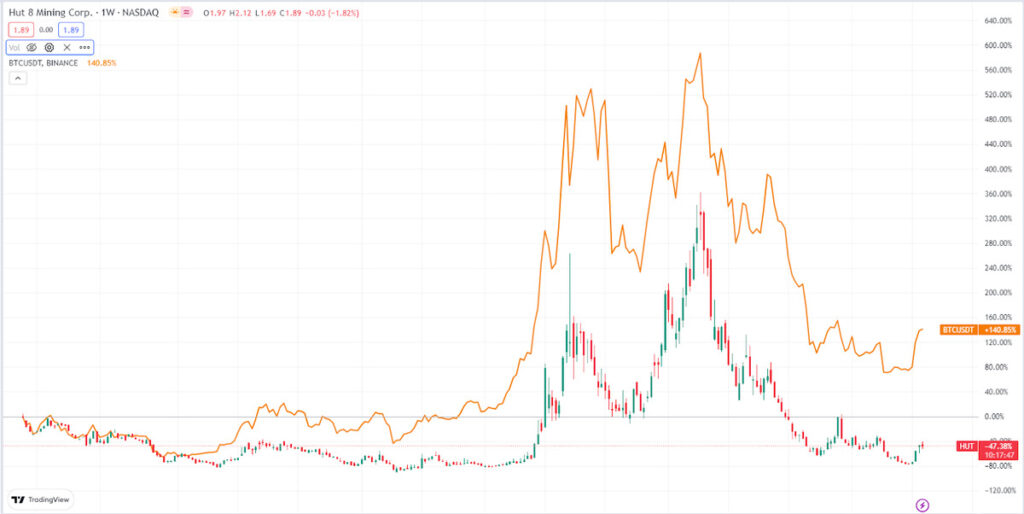
The peak of HUT’s (Hut 8 Mining Corp.) price was in November 2021, when Bitcoin hit its all-time high. Graphs show a positive correlation, so if BTC recovers this year, HUT stocks will likely hit new highs.
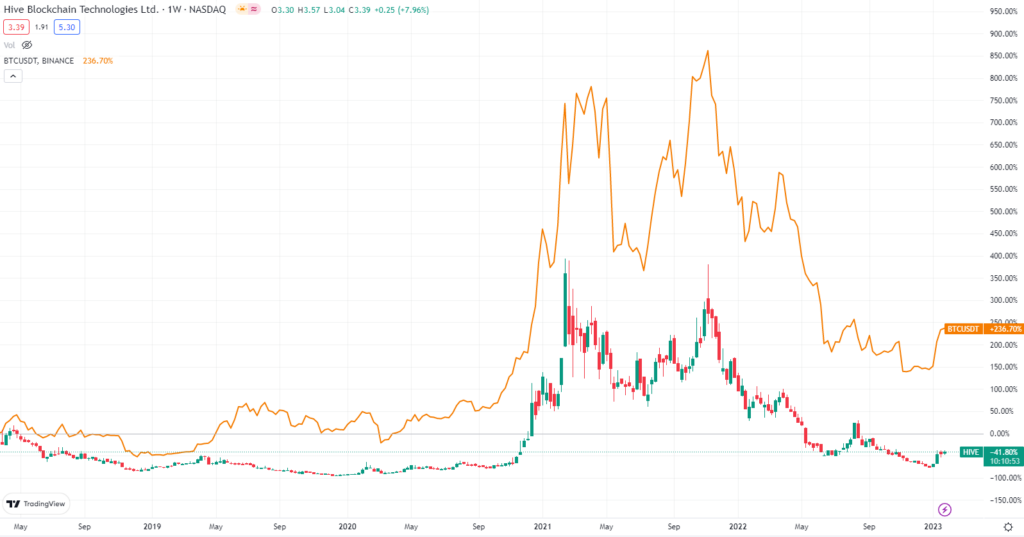
The same correlation can be seen on all charts of Bitcoin mining companies, so if you consider investing in their stocks, get acquainted with the market recovery forecasts for this year.
Crypto Mining Tips Time ✅
- Consider carefully what crypto to mine: Bitcoin is not the only cryptocurrency that can be mined. Other cryptocurrencies that work on PoW need miners as well. Here is the table of the top 10 PoW cryptocurrencies:
- It is recommended for newbies to start with cloud mining as it is easier to deal with.
- If you choose to be an individual miner, join a mining pool to maximize your chances of finding a block and earning rewards.
- It is necessary to take care of your equipment: keep it in a cool, well-ventilated place and clean it up regularly.
- Update your software regularly: The software is updated frequently to enhance performance and fix security issues. To guarantee the best performance, stay current with all new releases.
- Join miners on Telegram, Discord, and YouTube communities to stay updated with new software updates and keep up with the latest news.
Useful FREE Tools for Those Who Want to Start Mining Crypto
- CryptoCalc can help you determine the potential profitability of mining a particular cryptocurrency with your hardware setup.
- Coinwarz provides statistics on the mining difficulty, block reward, and the overall network hash rate.
- Miningpools.com: A website that compares and lists different mining pools for various cryptocurrencies.
- Bitcoin.org: A website that provides information about the first cryptocurrency, Bitcoin, including everything connected to the blockchain state.
- NiceHash: A marketplace for buying and selling hash rates that allows you to mine different coins and get paid in Bitcoin.
- Coinguides convert the hash rate to kH/s to MH/s to GH/s to TH/s to PH/s.
FAQ
No, you must buy or rent powerful computer hardware to start mining. Suppose your capital needs to be bigger to do this now. You can build up your capital by participating in activities such as ambassador programs, testnets, IDOs, or try crypto gambling.
Mining pools gather individual miners to put a lot of power (TH/s) together and have a better chance of solving the problem of finding the hash and thus mining new coins.
You can mine without joining a mining pool, but your chances of becoming the first person who finds the right hash decrease significantly.
The costs associated with this process include the cost of the mining rig and its maintenance, electricity, and any fees charged by the mining pool or cloud service.
The potential return can vary widely depending on the current market price of the cryptocurrency, the mining difficulty, and the expanses. It is important to research and understand the potential risks before investing. You can calculate your potential profit using profitability calculators.
Conclusion
Everyone, including beginners, can start mining crypto!
Choose a suitable option based on how much money and time you are ready to invest in this activity. Before you start, consider all risks, calculate your potential profit and consult with a legal or financial advisor to understand your local laws related to crypto. Best of luck!
